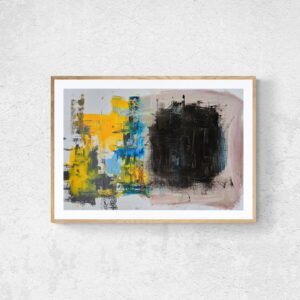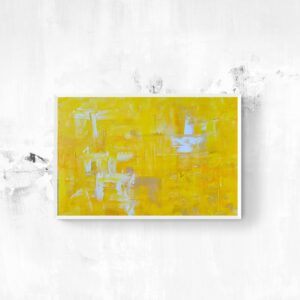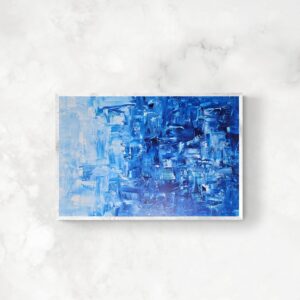
Amy Sherald, the painter most widely known for her portrait of former First Lady Michelle Obama, detailed her decision to withdraw her exhibition from the Smithsonian’s National Portrait Gallery (NPG) amid concerns over censorship at the institution in a new opinion piece.
On MSNBC’s opinion blog last Sunday, August 24, Sherald condemned the Trump administration’s ongoing efforts to reshape the Smithsonian Institution, cautioning that it could “rewrite” history.
“When governments police museums, they are not simply policing exhibitions. They are policing imagination itself,” Sherald wrote in her opinion, titled “Censorship has taken hold at the Smithsonian. I refused to play along.”
The artist cancelled the NPG’s planned exhibition of her touring show, Amy Sherald: American Sublime, in July, claiming that she learned the institution was considering removing her painting “Trans Forming Liberty” (2024). The work envisions the Statue of Liberty as a Black trans woman, modeled after drag performer and musician Arewà Basit, and graced the cover of the New Yorker earlier this month.

Last week, the painting appeared in a 26-item list of artworks and exhibitions posted by the White House shortly after the administration demanded the Smithsonian hand over materials so that it could make “content corrections.” In her essay, Sherald reiterated that she made the decision to pull her show from the NPG because of the institution’s “attempted censorship of [her] painting.” (The institution has publicly denied that it censored “Trans Forming Liberty,” and told Hyperallergic in a statement that it “could not come to an agreement with the artist.”)
“While no single person is to blame, it’s clear that institutional fear shaped by a broader climate of political hostility toward trans lives played a role,” Sherald wrote. “This painting exists to hold space for someone whose humanity has been politicized and disregarded. I cannot in good conscience comply with a culture of censorship, especially when it targets vulnerable communities.”
Sherald also cited other moments of political interference in the Smithsonian’s history in her essay, including former President Woodrow Wilson’s insistence that the institution implement Jim Crow racial segregation during his presidency in line with his segregation of the federal government when he took office in 1913. Because the institution operates in a public-private arrangement, receiving funding from both federal and corporate sources, the Smithsonian resisted pressure from the White House.
But Sherald cautions that there have since been successful efforts to influence the content of the institution’s museums. A 2010 campaign by the right-wing Catholic League led the National Portrait Gallery to remove a video work by David Wojnarowicz depicting Jesus being eaten by ants, a commentary on the federal government’s homophobia and failure to take action during the HIV/AIDS epidemic.
In her essay, the artist invoked a quote by former Metropolitan Museum of Art Director Philippe de Montebello: “A museum is the memory of mankind.”
“If that is true, then to manipulate museums is to manipulate who we believe we are,” she wrote of the quote. “Control the memory and you control the future.”





